If you haven’t heard of Ostrog Monastery before, you may well have seen photographs of it.
Beautiful, whitewashed Manastir Ostrog is built seemingly impossibly into a vertical cliff face, almost a kilometre above the fertile Zeta Valley in central Montenegro.
When Stu and I were busy planning our 7-day road trip around the country, this incredible landmark was one that we absolutely did not want to miss.
Getting to Ostrog Monastery
If you’re planning to drive there, you can either visit from Niksic (Montenegro’s second largest city) or from Podgorica (its capital). It’s a shorter route from Nikšić but unfortunately we ran out of time on the day that we’d originally intended to visit, so we ended up making the journey from Podgorica a couple of days later.
There’s only one route from Nikšić (below).
However there are two to choose from if you’re coming from Podgorica, and from personal experience I can thoroughly recommend avoiding the main E762 highway, and taking the slightly longer route via Spuž. It’s much more scenic and there is far less traffic to contend with.
If you’re not quite brave enough to hire a car around these parts (more on that later!), you either have the option of booking a tour from Kotor, or finding your way there via public transport.
With regards to travel agents in Kotor, Monte360 has been recommended to me and is located just across the road from Hostel Old Town Kotor. They run a full-day tour (up to 12 hours) that incorporates Perast, Slano Lake, the Tara Bridge and Tara Canyon, Žabljak, the Black Lake, and Ostrog Monastery for just €39 per person.
Alternatively if your dead set on taking public transport, it’s possible to catch a train to Ostrog Station from either Nikšić (20 minutes one way) or Podgorica (45 minutes). However it’s a long walk (approximately 60 minutes) from there to the lower monastery, and not one I would’ve fancied doing in 30 degree heat in the middle of summer.
How challenging is the drive?
When we picked up our hire car in Kotor, the gentleman from Green Motion advised against driving all the way to the upper monastery. So, as a result I imagined the roads to be in terrible condition and the whole experience of driving on them to be utterly nerve-wracking. If that had been the case, we would’ve taken his advice without hesitation.
But, actually the roads were pretty good. Narrow, yes, and full of hairpin turns, but in good condition and with plenty of passing points. If you’re a competent driver, you should manage the journey without any trouble at all.
And the journey (certainly the route from Podgorica via Spuž) is definitely a beautiful one. You’ll pass tiny rural villages and farming communities, and as the road climbs further towards the monastery, the vast fertile Bjelopavlići plains come into view on your left.
On your right a series of craggy rock faces rise 900 metres above the valley floor.
Whilst I was able to marvel at the views – window down, mouth open, camera in hand – Stu had to concentrate on driving and on the road ahead. So it was only fair that we should stop somewhere on route in order for him to gain an equal level of appreciation for the stunning landscapes through which we were travelling.
And what better place to stop than Hotel Sokoline? The hotel has an attached restaurant and sun terrace, and wifi that works well enough for you to Instagram your incredible location. I mean, talk about coffee with a view!
A little bit about Ostrog Monastery
Dedicated to Saint Basil of Ostrog (whose remains are apparently buried here), Ostrog Monastery is the most popular place of pilgrimage in Montenegro. It sees over 100,000 visitors each year, many of whom are believers who travel from all over the world to say their prayers to this highly revered Saint. Some even believe that he has managed to cure them of illness and disease.
In fact the monastery is so ingrained in the country’s psyche that many Montenegrins – even those who are non-believers – will swear by Ostrog (“Ostroga mi…”) when promising to do something.
Ostrog Monastery was originally established in the 17th century, but was subsequently largely destroyed by a fire, so much of what you see today is only as old as its renovations, which happened sometime between 1923-1926.
However the two cave-like churches were spared from any major damage, and the faded frescos you’ll see here date back to the late 1600s.
What can you expect from a visit here?
As we didn’t have a great deal of time (it’s a long drive from Andrijevica) and Stu didn’t fancy the three-kilometre walk up from the Lower Monastery, we started and finished our explorations at the Upper Monastery.
Just past the building above, a series of stone steps will take you up the final 200 metres towards the Church of the Presentation and the Church of the Holy Cross. The former is easily identifiable by the queue that forms outside, along the outer wall of the monastery.
As we waited, we noticed that it was mainly locals in the queue in front of us. The women had their heads covered with scarves, and many were holding bags of food or clothes, which they deposited as offerings into wooden baskets as they entered the church.
Only a limited number of people are allowed inside the church at any one time, and when you bow down to gain entry through a tiny opening in the cliff, you’ll soon understand why. Inside is a tiny room barely large enough to accommodate more than around 4 or 5 people (and even that would be a squeeze!). It’s covered wall to ceiling in colourful, faded frescos, and a Priest stands in front of a small altar in the corner, offering blessings to all who approach.
No photographs are permitted inside the Church of the Presentation, but don’t let this deter you; it’s definitely worth a peek.
Continue further up the stairs and you’ll come to the top floor of the monastery where a balcony offers spectacular panoramic views across the Bjelopavlići plains, and a set of small stone steps lead down into the Church of the Holy Cross. The frescos in here are even more remarkable and well-preserved, especially considering how damp the room feels (again, no photographs permitted inside the church).
Ostrog Monastery reminded me a little of the clifftop monasteries of Meteora in Greece. I was equally wowed by the incomprehensible dedication and skill involved in the monastery’s construction, and by the stunning natural beauty, tranquility, and remoteness of its location.
Practical Info
Opening times: May to September 06:00-17:00 hours, October to April 05:00-16:00 hours
Admission fee: At the time of writing, absolutely nothing (but donations are gratefully accepted)
Dress code: Long skirt or trousers and a top that covers your shoulders.
Accommodation: If you want to stay at the monastery overnight, the Lower Monastery has 29 dorm rooms with 8-10 beds in each. Beds cost €4 pp/pn.
Have you visited Montenegro before? What were some of your highlights? Or tell me about the last place you visited that totally blew you away!
If you like this article, please share it on social media using the share buttons at the top of the post. Alternatively you can follow along on Facebook, Twitter, or Google+ or you can look me up on Instagram or Pinterest too!
**Some of the links in this post are affiliate links. All this means is that if you make a purchase through one of the links I have provided, I will earn a small commission as a result but the cost to you will remain exactly the same**


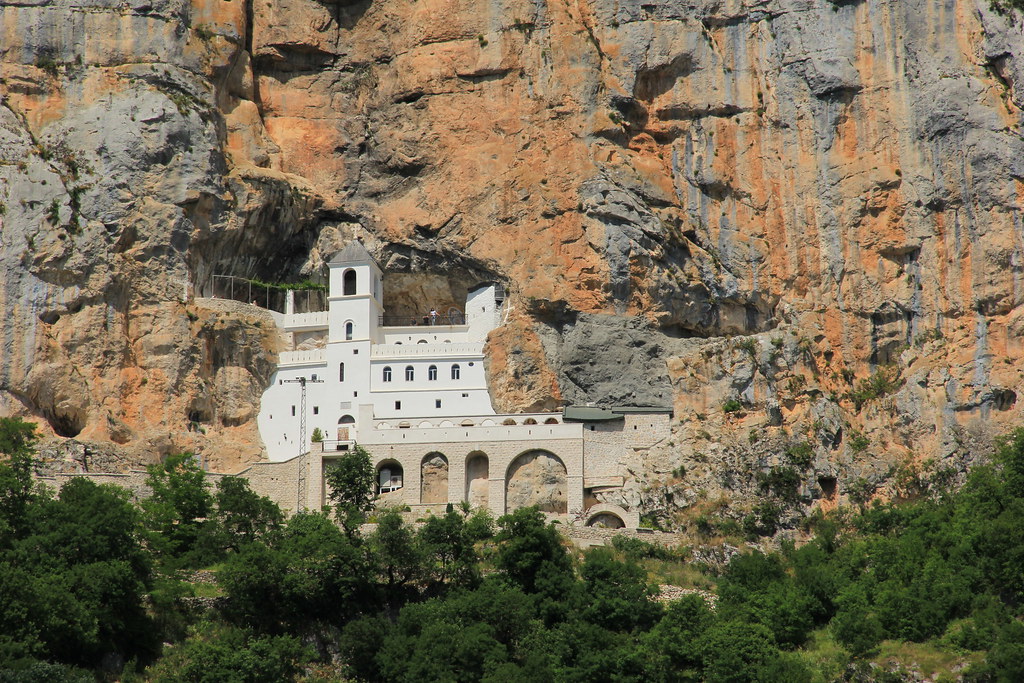
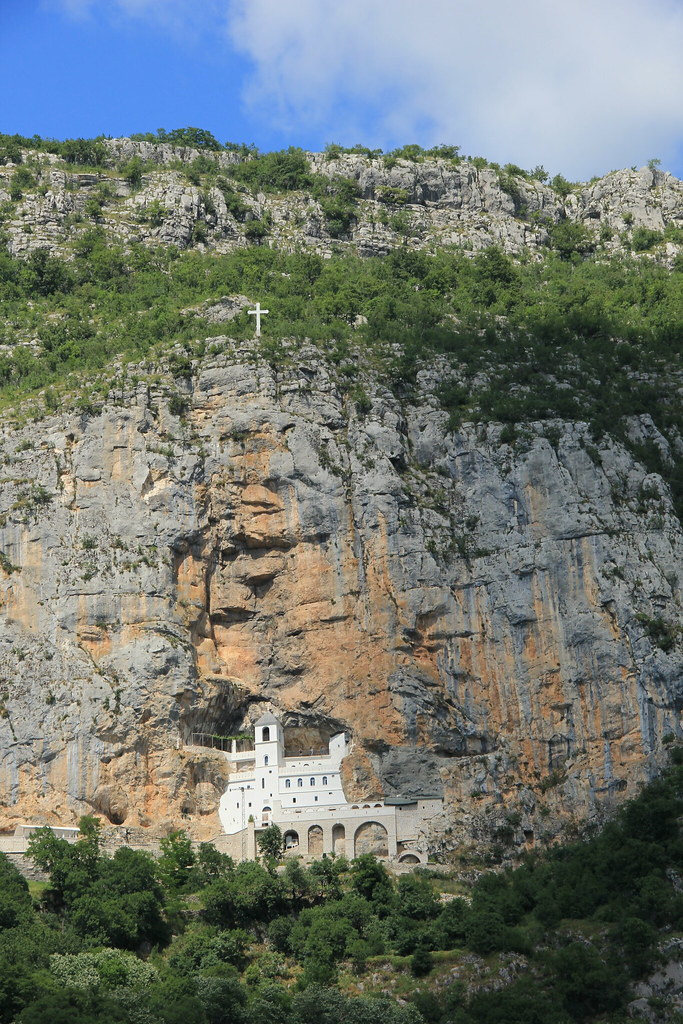

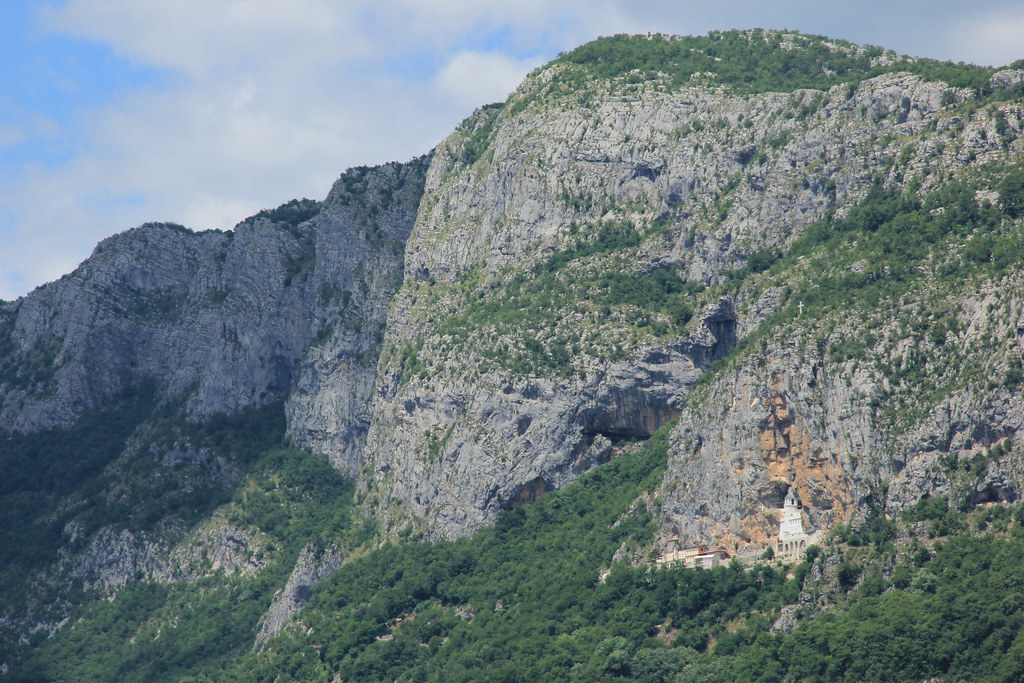
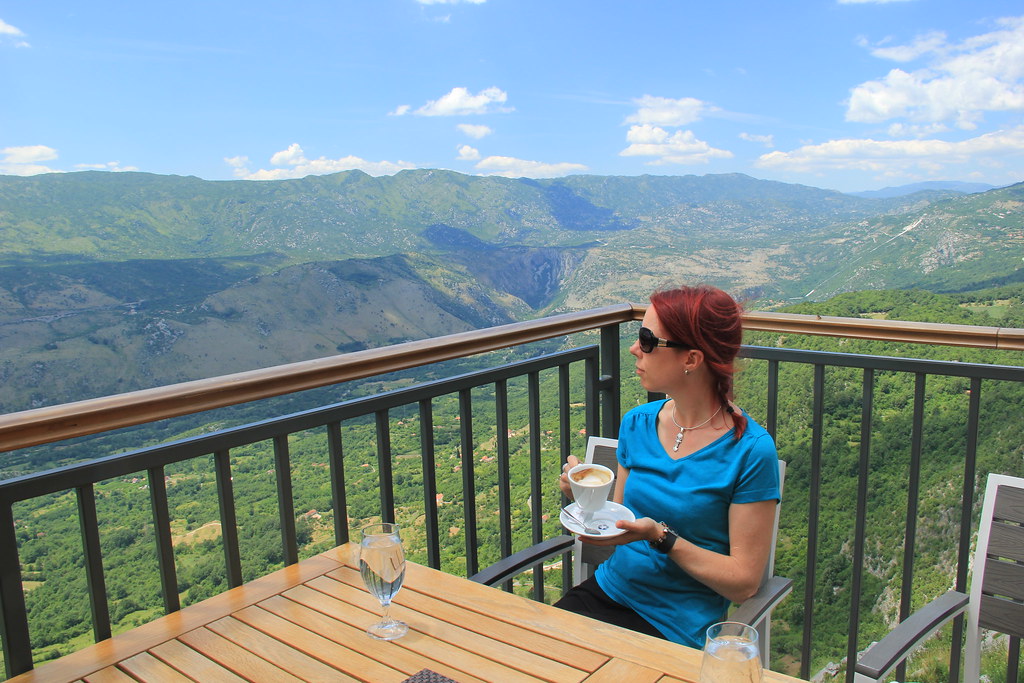
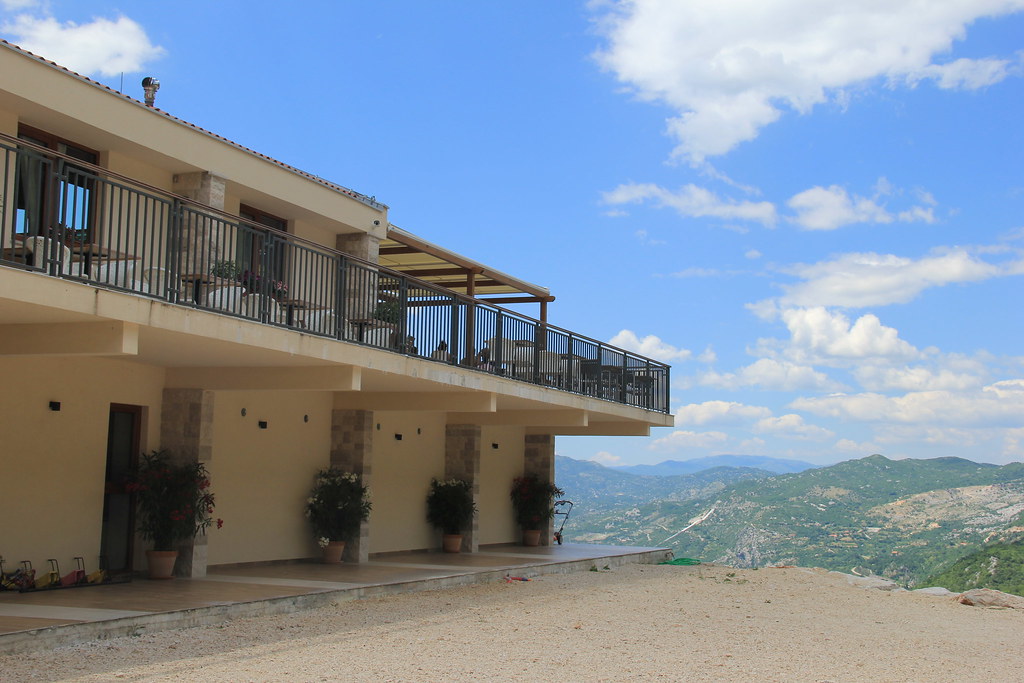
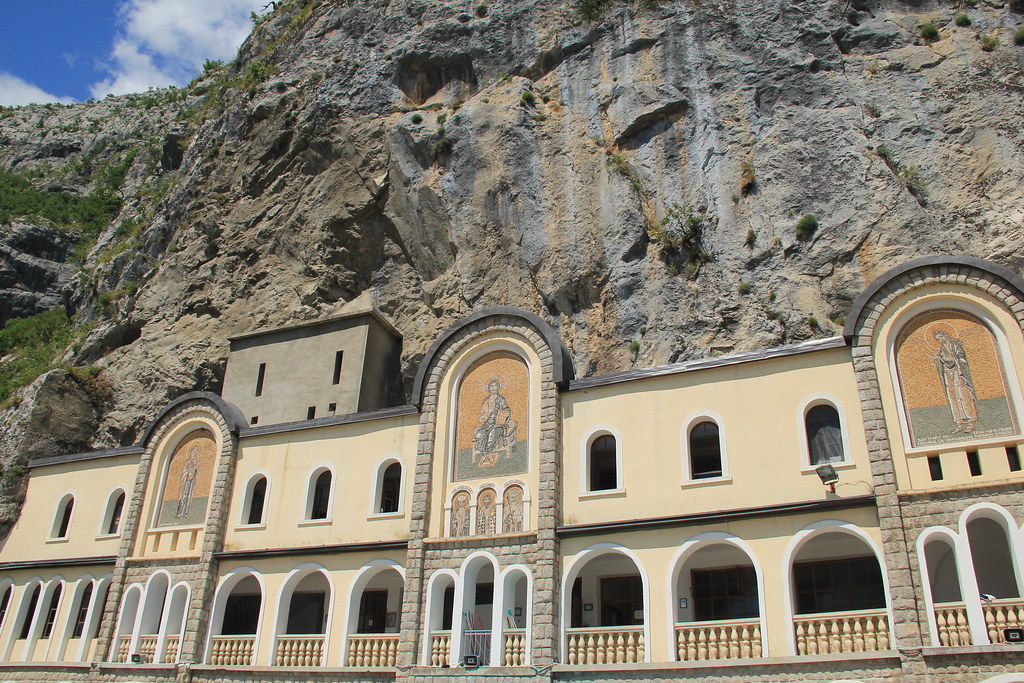
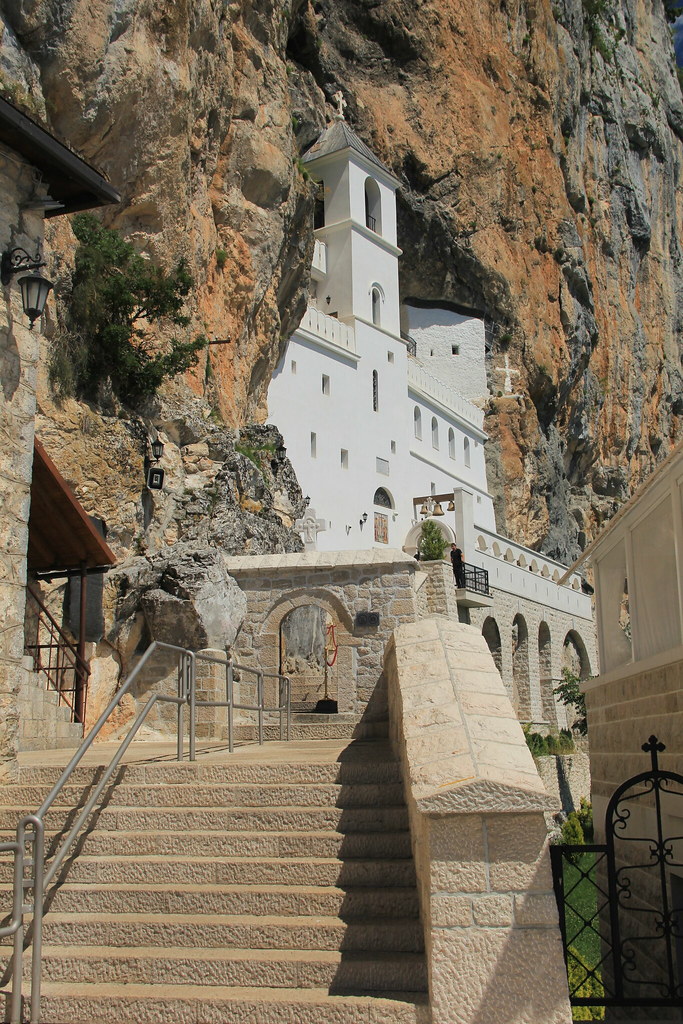
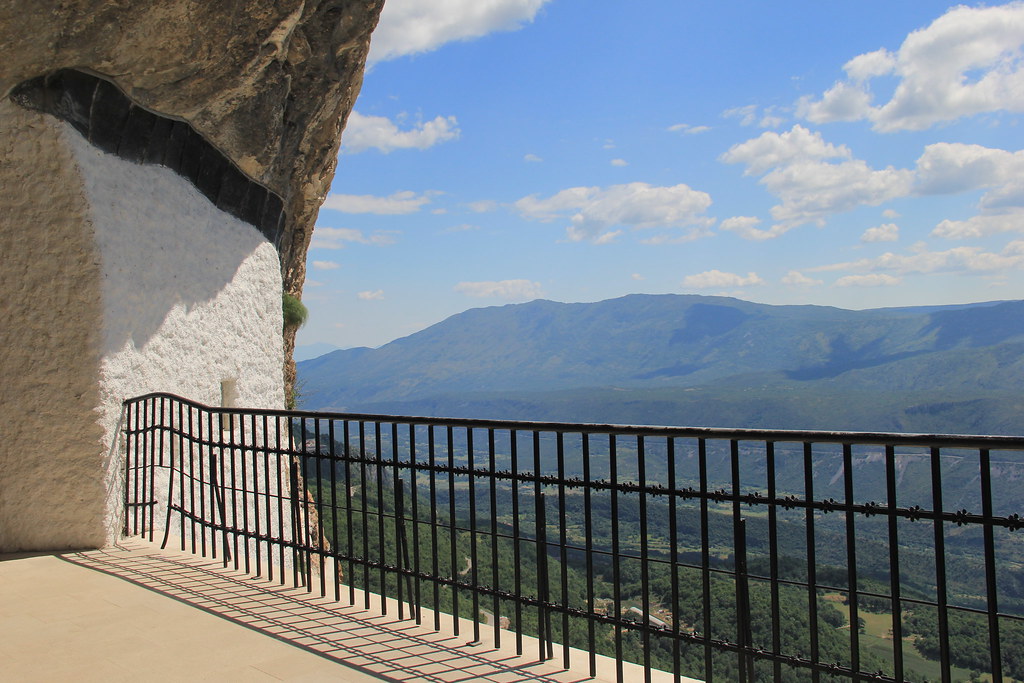
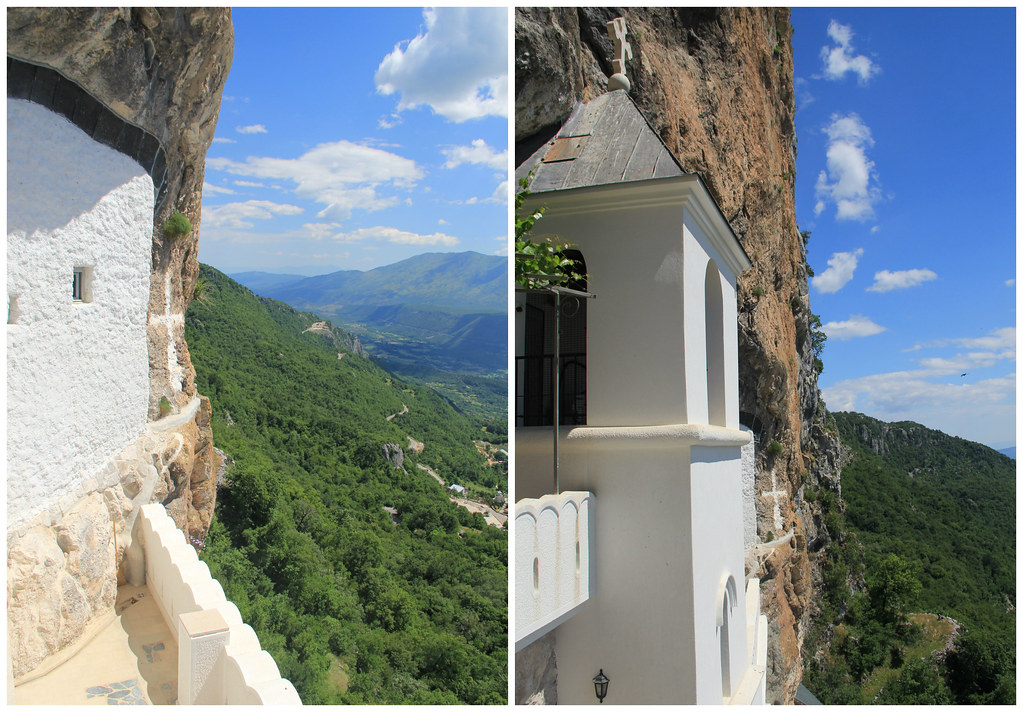

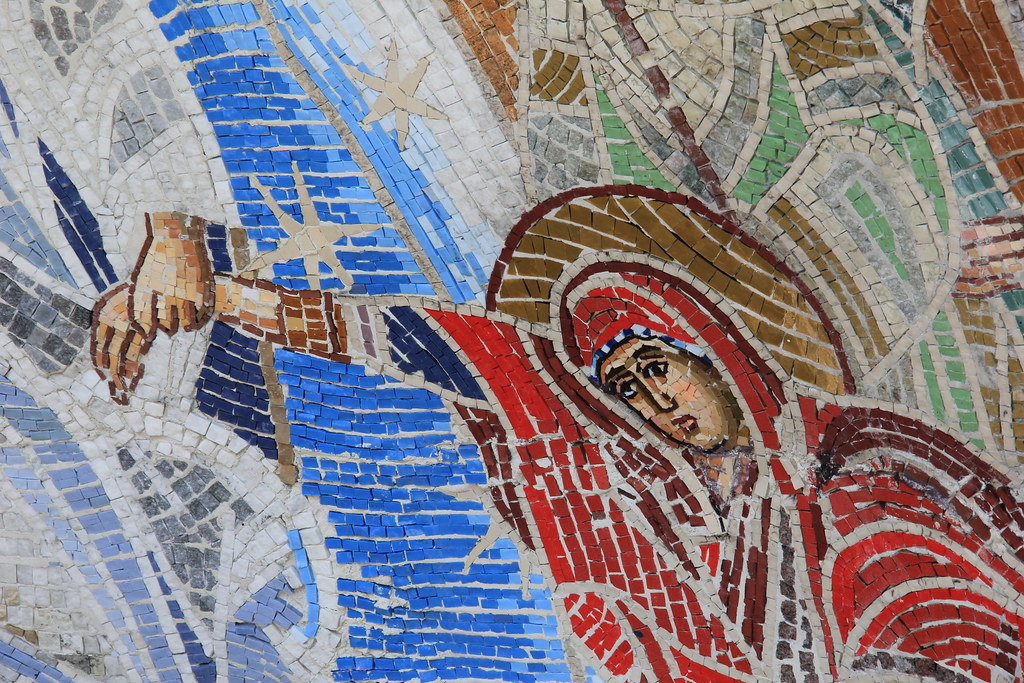
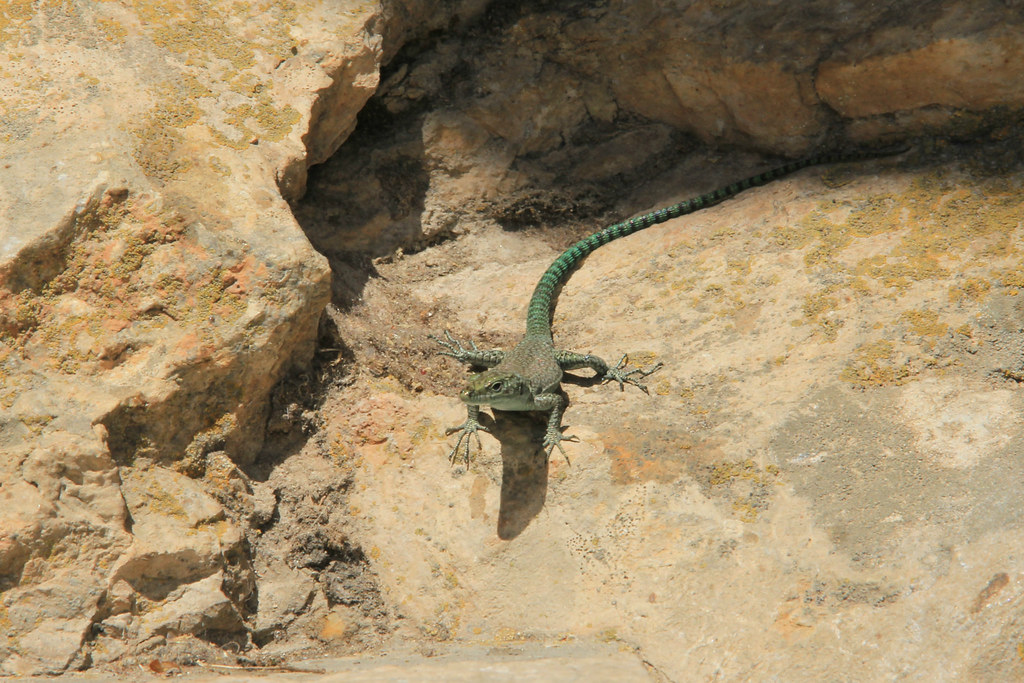






20 Comments
I’ve heard that drive up to the Monastery is quite a thrill! But it certainly does look gorgeous.
I think my boyfriend was anticipating the drive to be a lot scarier than it actually was!
I absolutely love how detailed your guide is! And the view form hotel Sokoline is simply incredible 🙂 I hope you had an amazing time road-tripping through Montenegro. I would love to visit it some day 🙂
We did have an amazing time road-tripping through Montenegro! We managed to see so much in just a week 🙂 If you’re a sucker for incredible landscapes and you love outdoor activities and remote locations, I can thoroughly recommend the country!
I love that you included directions. Thank you!! The views are incredible!
I included directions because this monastery really is in the middle of nowhere, and not really very well signposted! The views are amazing, aren’t they! 😀
I so want to go here! It looks incredible and the scenery around it is amazing too.
It really was beautiful. And such a peaceful place, too 🙂
Some of the best gems in that area are not well signaled:). But all the more worth discovering them, right?
Definitely! We did have to keep our eyes peeled for the correct point to turn off for the monastery. But once we were on the switchback up to the top monastery, there were only two ways to go – up or down! 😉
I’m often disappointed when famous sites don’t live up to their hype. But this is definitely not the case with the Ostrog Monastery. The views and mosaics are stunning in your photos. They must have been absolutely breathtaking in person.
Snap! And usually famous sites are so overrun with tourists that it takes the fun out of visiting them. But Ostrog Monastery was just perfect, largely I think because it’s not the easiest of places to get to. It is a pilgrimage site after all, and pilgrimage sites, by their very nature, are those which do (or did) require a certain level of dedication to reach.
Lovely visit to such a monastery and church! The road-trip there must have been very awe-inspiring too!
It was indeed! The journey there was *almost* as incredible as the monastery itself 🙂
It’s so amazing how it’s just built into the side of the cliff like that! Wow!
The way you describe the drive there sort of reminds me of a drive we had to make from Bagdogra to Glenburn around Darjeeling, India. I was SO glad I wasn’t the one driving, but it wasn’t particularly easy being a passenger either when we could look out the car window and see how close we were driving to the cliff’s edge!
Darjeeling’s somewhere I desperately want to visit (I must head over to your site to have a look for your posts on the experience), and yes, after being a passenger on lots of buses driving along Peru’s mountain roads, I can completely relate to that! The route to Ostrog Monastery wasn’t anywhere near as bad, but only because the roads were a lot wider; the drop was still much the same! 😀
I’ve always wanted to go to Montenegro, seems like a really untraveled place compared to Western European countries. That monastery looks so beautiful, especially the frescos on the wall. This is definitely the sort of thing I’d do on a trip there. Also that’s so great that it’s free! Didn’t about this beforehand so thanks!
Away from the coastal cities of Budva and Kotor, it is really untravelled! We’d be driving for miles without passing a single town or village! Like most places though, I’m sure it won’t stay this way forever so now is definitely a good time to visit 🙂
Wow wow wow! What a beautiful place. You’re absolutely right – I hadn’t heard of it but certainly recognised the monastery and am dying to visit Montenegro! You were very brave to do the drive – I don’t think I’d manage to be so calm on the narrow streets!
Haha I wasn’t the brave one, my boyfriend drove! I just admired the scenery 😉